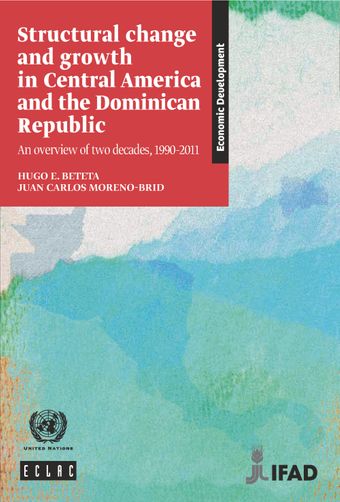Central America and the Dominican Republic: role in the world economy and structural change

- Author: United Nations
- Main Title: Structural Change and Growth in Central America and the Dominican Republic , pp 127-173
- Publication Date: December 2014
- DOI: https://doi.org/10.18356/9e422a4f-en
- Language: English Spanish
Central American countries have a number of features in common that influence their production structure and their position in the world economy. To begin with, their territories, populations and GDP are all much smaller than those of the great majority of Latin American countries. They are all highly vulnerable to external shocks and extreme natural events. They all have structural current account deficits, have been engaged in a subregional integration process for many years and are very open to international trade (ECLAC, 2011a). In fact, their trade flows —measured as the sum of their exports and imports— represent 82% of the subregion’s GDP and, with an average tariff of 6%, they are the most open economies of all of Latin America and the Caribbean. These structural traits have a very strong influence on the design and scope of public policy and development plans. They also give rise to a number of imperatives for the reinforcement of the subregion’s integration process.
© United Nations
ISBN (PDF):
9789210569361
Book DOI:
https://doi.org/10.18356/21e2e21a-en
Related Subject(s):
Economic and Social Development
Sustainable Development Goals:
Countries:
Dominican Republic
-
From This Site
/content/books/9789210569361c005dcterms_title,dcterms_subject,pub_keyword-contentType:Journal -contentType:Contributor -contentType:Concept -contentType:Institution105
/content/books/9789210569361c005
dcterms_title,dcterms_subject,pub_keyword
-contentType:Journal -contentType:Contributor -contentType:Concept -contentType:Institution
10
5



